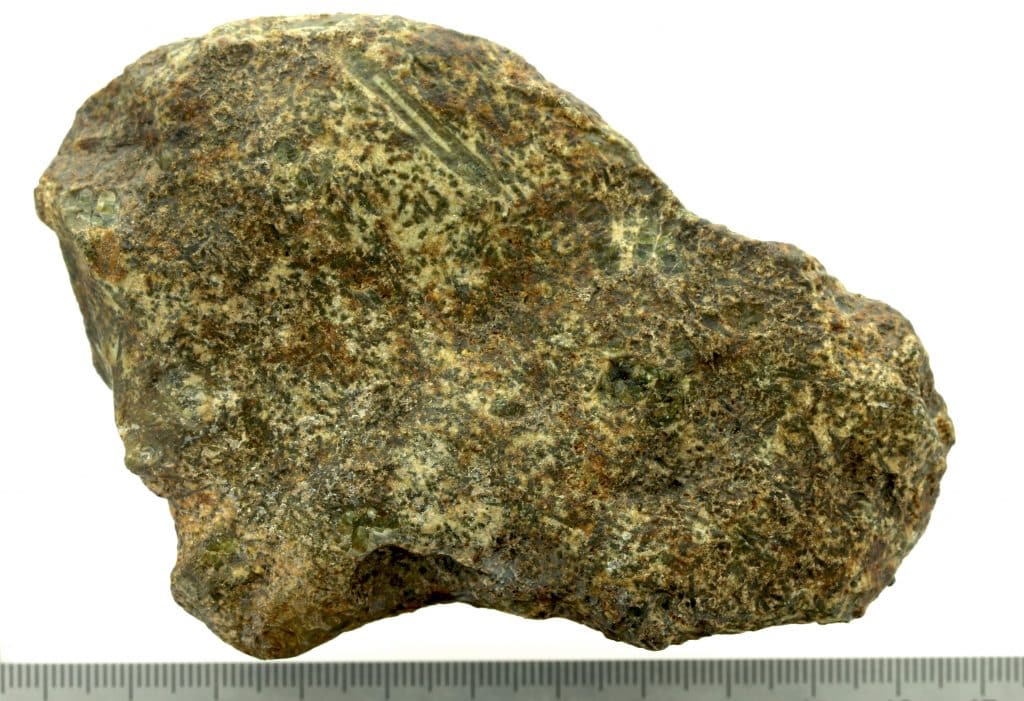The Erg Chech 002 meteorite is the result of an eruption that took place on an asteroid 4.565 billion years ago. By studying it, researchers from the Centre de Recherche et d'Enseignement en Géosciences de l'Environnement have estimated the oldest magnetic record ever measured.
We now know that the planets in our Solar System formed from asteroids born in the solar nebula, the disc of gas and dust that surrounded the young Sun 4.6 billion years ago (Ga). However, how these asteroids formed from the dust in the disc remains a mystery.
Are magnetic fields essential to the formation of planets?
Magnetic fields are increasingly considered to be essential in the early phases of planetary formation, notably via dust agglomeration. To verify this on the scale of our Solar System, we need to characterise the properties of these magnetic fields, which have now disappeared, and in particular their intensity. This is possible thanks to meteorites. These extraterrestrial rocks, which come from the first asteroids, contain minerals capable of recording the magnetic field present at the time of their formation. They are currently our only source of data for determining the longevity, intensity and geometry of the magnetic fields present in the protoplanetary disc.
Erg Chech 002, an exceptional meteorite
As part of this publication, researchers from the Centre de Recherche et d'Enseignement en Géosciences de l'Environnement (CNRS/AMU/IRD/INRAE/Collège de France) studied an exceptional meteorite called Erg Chech 002, the oldest volcanic rock in the Solar System that has ever fallen to Earth. This meteorite is the result of an eruption that took place on an asteroid 4.565 billion years ago. They showed that, as the meteorite cooled, it recorded the magnetic field of the solar nebula. Thanks to the very well-preserved magnetisation of Erg Chech 002, they were able to determine that this field was relatively intense (several tens of microteslas, similar to the Earth's current magnetic field) just two million years after the formation of the Sun. This is the oldest magnetic record ever measured in a meteorite.
Decrypting magnetic recordings
Palaeomagnetism is the discipline that studies variations in magnetic fields over geological time, i.e. over several billion years. This palaeomagnetic data is crucial for guiding the development of dynamic disc models to advance our understanding of planet formation. Combined with data obtained on 'younger' meteorites, the results of this study make it possible to test certain predictions from these models, with the ultimate aim of lifting the veil on the mechanisms of planetary formation.
Infuse 6 March 2024, read the full article, Meteorite: a magnetic record dating back 4,565 Ga
For more information
A 4,565-My-old record of the solar nebula field, PNAS march 4th10.1073/pnas.2312802121 , Maurel C. & Gattacceca J.
Read the full article Meteorite: a magnetic record dating back 4,565 Ga, Infuse 6 March 2024
Contacts
Clara MaurelMarie Skłodowska-Curie post-doctoral fellow at the Centre Européen de la Recherche et de l'Enseignement des Géosciences de l'Environnement (CEREGE).
Jérôme GattaccecaCNRS research director at the Centre Européen de la Recherche et de l'Enseignement des Géosciences de l'Environnement (CEREGE).

Key facts:
- Meteorites contain minerals capable of recording the magnetic field present at the time of their formation. These magnetic fields are considered essential in the early phases of planetary formation and are therefore very important to study.
- By studying the Erg Chech 002 meteorite, the oldest volcanic rock in the Solar System that has ever fallen to Earth, CEREGE researchers have estimated that its magnetic field was relatively intense only two million years after the formation of the Sun. This is the oldest magnetic record ever measured in a meteorite.
- Continuing to study the magnetic recordings will enable us to develop dynamic models and test certain predictions of nebular dynamics, with the ultimate aim of lifting the veil on the mechanisms of planetary formation.

